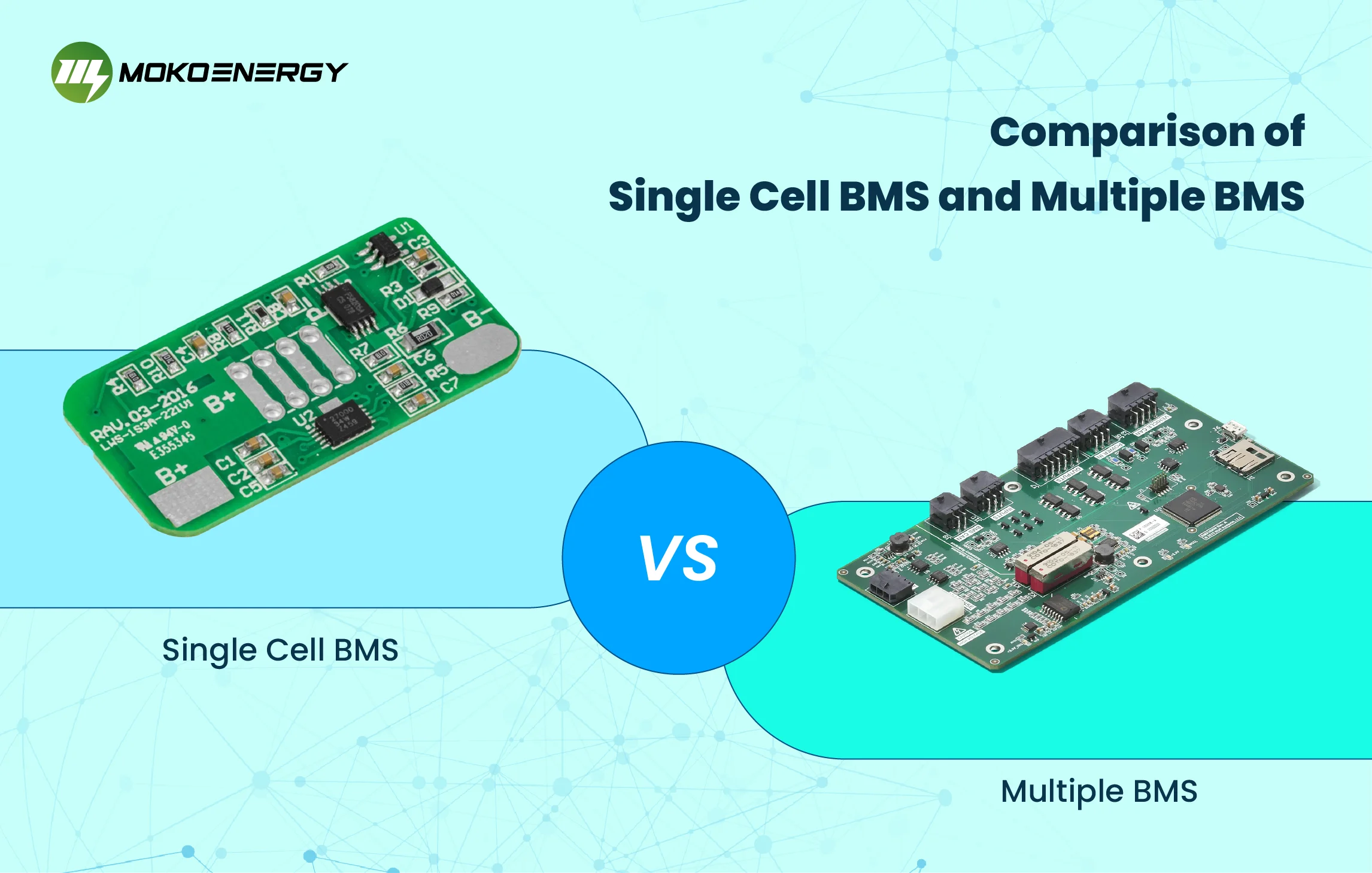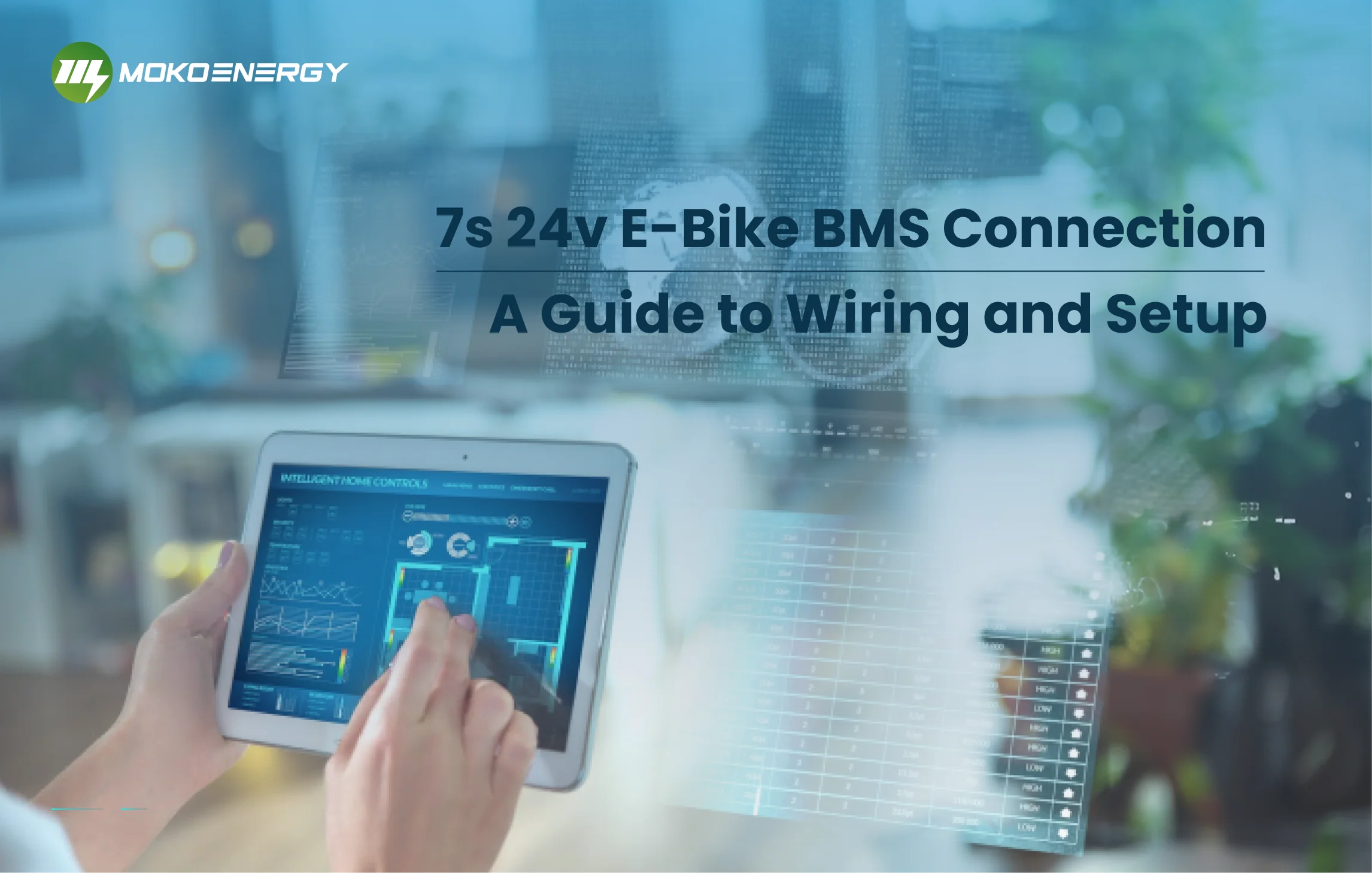Do you want to empower your battery? Then you need a battery monitoring system that provides precision monitoring for peak battery performance.
What Can Battery Monitoring System Do?
An IoT-based system that optimizes battery performance and lifespan through intelligent monitoring and battery management of charging and discharging cycles.
1. Maintains Optimal Performance
The core function of battery monitoring is ensuring the battery operates within secure limits. By regulating the charging and discharging techniques, it prevents problems consisting of overcharging, deep discharging, and overheating problems that can result in permanent harm or dangerous conditions.
2. Provides Real-Time Insights
Battery monitoring systems constantly track crucial parameters which include voltage, cutting-edge, temperature, and nation of price. These real-time statistics allow users to live knowledgeable about the battery’s present-day condition and overall performance.
3. Ensures Even Energy Distribution
Battery monitoring systems include balancing functions that distribute the energy load evenly across all cells. They prevent issues such as overcharging in some cells and undercharging in others, thereby maximizing the overall efficiency and lifespan of the battery pack.
What Battery Monitoring Devices We Provide?
At MOKOEnergy, we offer a comprehensive range of battery monitoring devices to ensure optimal performance, longevity, and safety of your battery systems. Our products include:
1. BMS (Battery Management System)
Our high-end optimized BMS offers real-time monitoring and management of the state of your battery. It manages among other parameters like voltage, current, temperature, and SoC of each cell to avoid cell imbalance and over charging or over-discharging.
2. Battery Balancer
The battery balancer is a device used to equalize the charge levels across multiple battery cells or packs connected in series. It helps to prevent the overcharging of some cells and the undercharging of others, which can lead to reduced battery life and potential safety issues. It also assists in reducing the consumption of battery power, enhances the utilization of energy, and also prevents earlier failure of the cells.
3. Battery Monitor
There’s no need to say much about our convenient Battery Monitor as it provides you with a generally simple view of your battery. It includes electricity voltage, current consumption, capacity, and duration to let you always know the state of your battery.
Applications of Battery Monitoring Systems
- Electrical Vehicles: Ensures optimal performance, safety, and range by tracking the state of charge, temperature, and overall battery health.
- Energy Systems: Monitoring maximizes efficiency and lifespan by managing charge cycles and preventing overcharging or deep discharging.
- Marine and RV Systems: Battery monitoring in marine and RVs helps maintain reliable power for critical systems, preventing power loss during use.
- Smart Grid Systems: Optimizes energy storage, balances supply and demand, and supports the integration of renewable energy, enhancing grid reliability.
Why Choose MOKOEnergy’s Battery Monitoring Solution
- Real-time monitoring: Ensures constant, real-time information about performances of the battery and its conditions.
- Predictive maintenance: Predicts problems that may arise in the future minimizing the times that a certain machine would be out of order.
- Enhanced efficiency: Both maximize battery usage and the number of cycles the battery can go through before it depletes.
- Scalability: It can be easily designed to be compatible with many forms and capacities of batteries, and portable electronics to industrial levels.
- Cost-effective: Reduces costs of running an organization by avoiding situations where machines break down and hence affect the overall productivity.
- Data-driven insights: Provides integration together with reporting and analysis capabilities to support strategic management decisions and continuous organization improvement.
FAQs of Battery Monitoring Devices
–What types of battery monitoring devices do we provide?
Our battery monitoring devices include BMS board, battery monitors and battery balancers.
–How do the devices communicate and integrate together?
Devices connect to our cloud platform via IoT, WiFi, Zigbee, Z-Wave, or other wireless protocols. Open APIs allow integration with third-party software.
–What is a Battery Management System (BMS)?
A BMS is an electronic system that manages a rechargeable battery pack, monitoring and controlling its state, calculating secondary data, reporting that data, protecting the battery, and balancing it.
–How does a battery monitor differ from a BMS?
A battery monitor typically focuses on measuring and displaying battery parameters like voltage, current, and state of charge, while a BMS includes these monitoring functions along with protection and control features.
–What is the purpose of a battery balancer?
A battery balancer ensures that all cells in a multi-cell battery pack maintain an equal state of charge, which helps optimize performance and extend the battery’s lifespan..
–Can battery monitoring devices work with different types of batteries?
Many modern devices are compatible with various battery chemistries, including lead-acid, lithium-ion, and others. However, it’s important to check compatibility for specific models.






